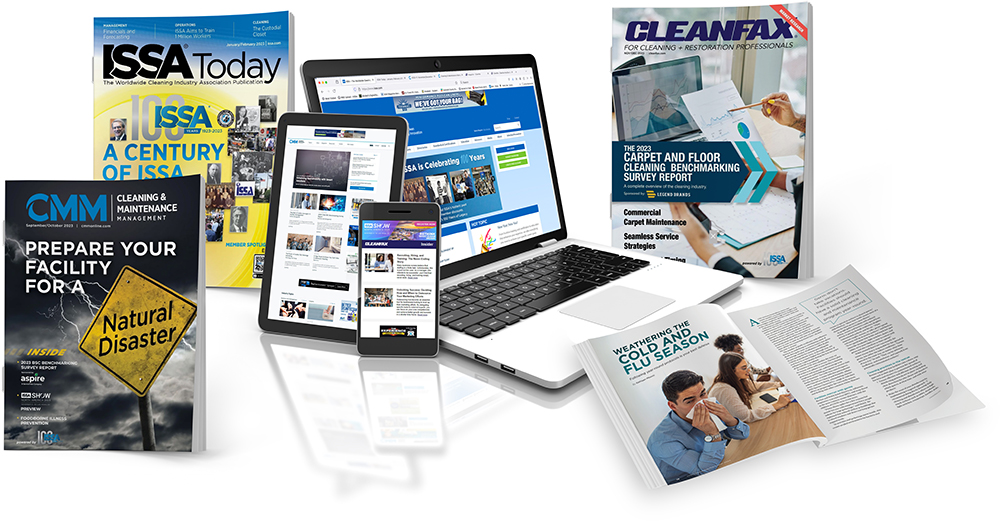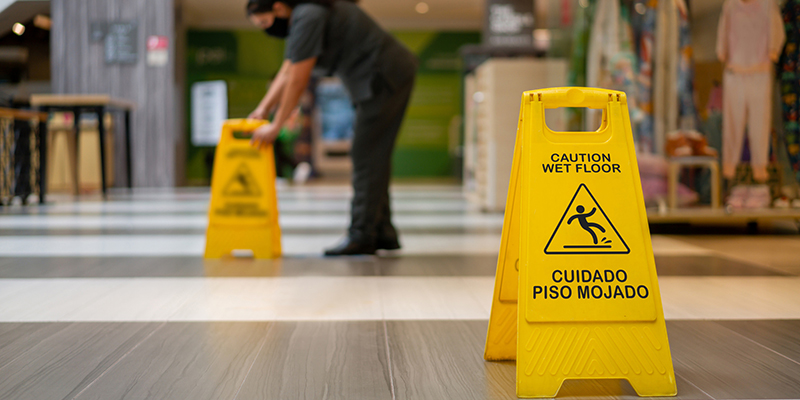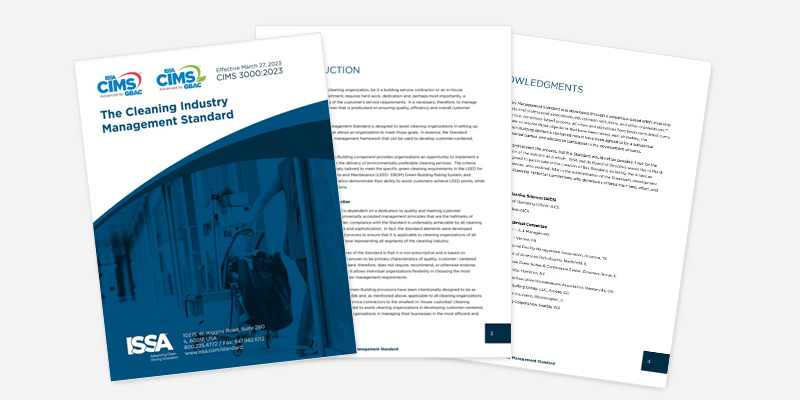Competing in the E-Commerce World

A survey of some 230 distributors revealed that Amazon Business (let’s call it AB to keep this simple) is a leader in the distribution chain in our industry.
AB ranked fourth behind national chains (with a local presence), independent distributors, and Grainger. Yet, more than 50% of respondents indicated that their customers are buying from AB because it is easy to do, and because the prices are competitive. And about a third of the respondents indicated that they bought from AB to fill customers’ orders when the needed items were not offered or were sold out.
Looking forward, almost 50% of respondents indicated that AB sales could represent more than 10% of industry sales. These results confirm what this author has stated before—that AB, per se, is not the foe. The foe is the business model that AB is perfecting, and others are copying.
Illustrating the threat of the business model is Grainger’s new e-commerce site, Zoro.com, a site for selling lower priced products to small businesses. Grainger also had an experimental web site (Gamut.com) to enable medium-to-large customers to solve specific problems using Grainger products, but it didn’t last long. However, the problem-solving functions used in gamut are very likely to be incorporated into grainger.com.
Although not addressed in the survey, the threat of manufacturers selling direct to end users continues to grow. (Channel Marketing Group created and conducted the survey, with help from this author. Obtain it at www.electrical trends.com, in the research section.)
To compete against e-commerce alternate channels of distribution, distributors need warehouses that are very productive (low cost) and very accurate (with no mistakes that hurt customers.) Here are a few tips for achieving high warehouse productivity and high accuracy (i.e., 99.9%).
Organization: Store the items that are picked the most often closest to the packing area. Even where items are stored by “family” or vendor line, store the faster moving ones closer to the front of the section. Regardless of the arrangement, if more than one item is stored on the same shelf, location codes should contain the identification of each usable location (aisle, bay, level, slot). The exception is that heavy products should be stored on the lowest shelf or on the floor.
Receiving: If a unit of measure in displayed PO/put-away data (on the screen of a scanner) or on a printed put- away list is not the same as that on the corresponding packing list, the receiver should note that discrepancy on the packing list or record it via the scanner.
Put-away: High productivity, not to mention accuracy, requires recording storage locations as soon as possible, and with accuracy. If there is no permanently assigned storage location for a newly received item—because its location is determined after receiving—the person doing put-away must record the selected location on any document taken along during put-away, copy of PO, a put-away form, or via bar code scanning of the location-ID code. If paper is used, the new location ID must be entered into the enterprise resource planning (ERP) system as soon as possible.
Pull-down: The time to replenish picking locations from bulk/overflow is before daily picking begins, regardless of whether someone is using a printed pull-down list or displays data on a bar code scanner. Pulling down and picking at the same time leads to congestion that reduces productivity.
Picking: To minimize picking time, items must be picked in a sequence that minimizes walking time, which is minimized by storing items as described in “Organization” above. But listing all items on one pick ticket or displaying all (in groups) on a scanning device, may not minimize picking time. If there is a great variation in item size or weight, using one person to pick all the lines for an order may take more time than splitting the order into two or more tickets or RF-displays–one for the smaller items, and one for the larger/heavier items.
Packing/QC: If possible, during packing, before an item is placed in a carton, wrapped, or simply placed on a pallet, the checker should compare the code of the item to the data for the order—visually or via scanning barcoded labels—and verify the quantity being packed to the quantity on the order. To avoid repeating mistakes, an order checker should not be the same person who picked the order being checked.
Loading: To save time and reduce mistakes, the smaller and lighter items, and packed cartons of an order, should be placed on rolling shelves that are used only for staging outbound orders (not picking), with only one order on any section of a rolling shelf unit. Each rolling shelf can be pushed into or near the appropriate truck.
Although the e-commerce competitors have spent millions of dollars on their warehouses, traditional distributors can maximize productivity and accuracy by using these recommendations.















